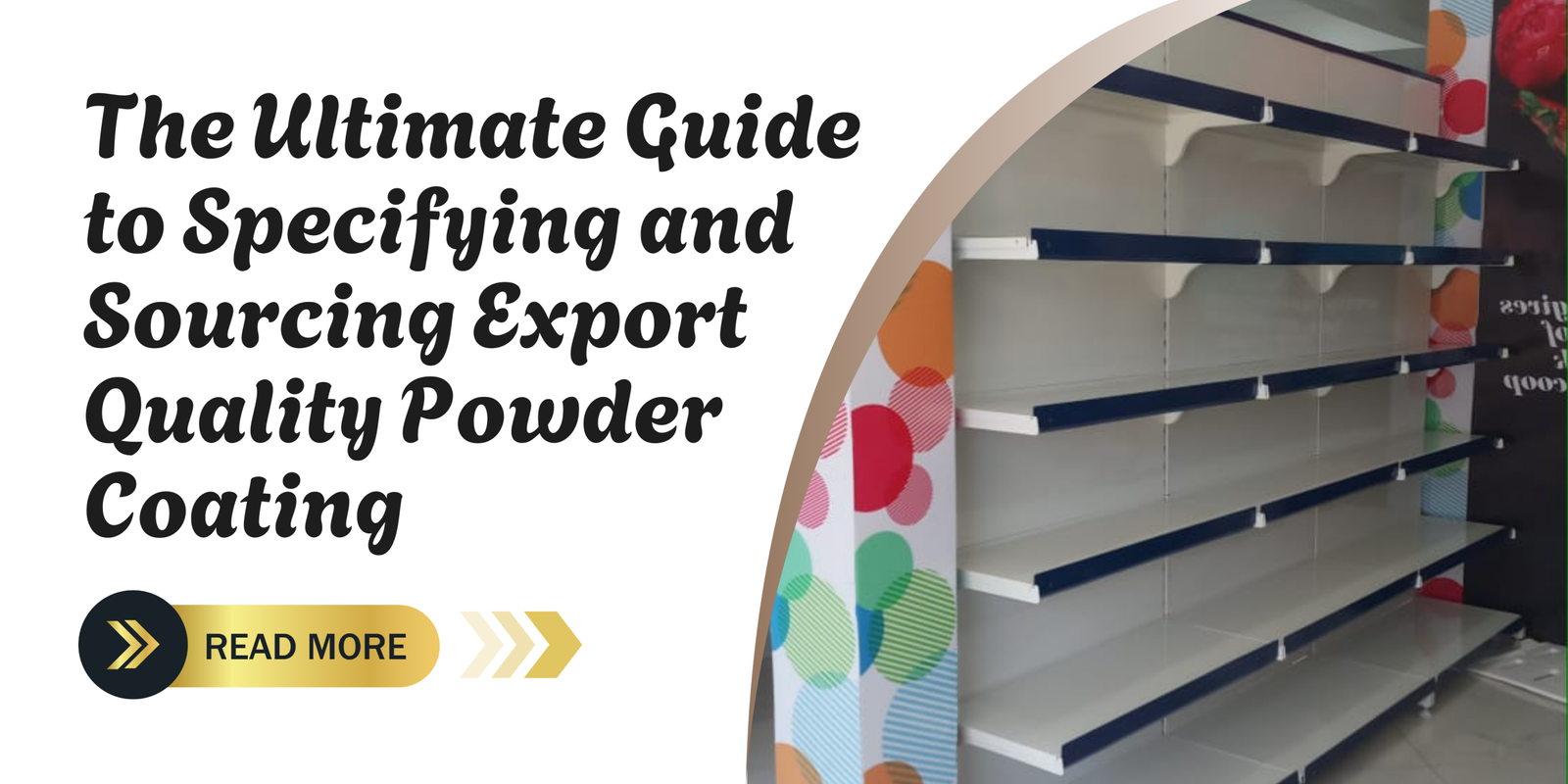The quality of a product’s finish is often the first impression a customer receives. For manufacturers, a durable, aesthetically pleasing, and long-lasting coating is not just a feature; it’s a critical component of product integrity and brand reputation. When products are destined for international markets, the stakes are even higher. Varying climates, shipping challenges, and diverse end-use applications demand a coating that can withstand the harshest conditions. This is where export-quality powder coating becomes an essential consideration.
Understanding the Demands of Export-Quality
Unlike coatings for domestic use, which might face relatively predictable environmental conditions, export-grade powder coatings must be formulated to resist a multitude of stressors. These include:
- Extreme Climate Variations: A product shipped from a temperate climate to a tropical or arid region will experience drastic changes in temperature, humidity, and UV exposure.
- Corrosive Environments: An export-quality coating must provide superior barrier protection against salt spray, chemicals, and other corrosive agents.
- Mechanical Stress during Transit: Shipping and handling can subject products to bumps, scrapes, and vibrations. A durable coating must be resistant to abrasion and impact to prevent damage to the substrate.
- Adherence to International Standards: Different countries have specific regulations and quality standards for product finishes.
Step 1: Specifying the Right Powder Coating Type
The first and most critical step is to select the correct type of powder coating for your application. This is not a one-size-fits-all decision. The choice depends on the substrate, the intended use, and the environmental conditions the product will face.
- Epoxy Powder Coatings: Renowned for their exceptional corrosion resistance and toughness, epoxies are ideal for products that require robust protection against chemicals and abrasion.
- Polyester Powder Coatings: These are the workhorses of the industry, offering a balance of good corrosion resistance, excellent UV stability, and a wide range of colors and finishes. They are the most common choice for outdoor applications, including architectural components, automotive parts, and outdoor furniture.
- Polyester-Epoxy Hybrids: This is a good choice for products that are used indoors but may be exposed to some sunlight.
- Urethane Powder Coatings: Known for their exceptional hardness, chemical resistance, and a smooth, glossy finish, urethanes are often used in automotive and industrial applications where a premium, durable finish is required.
Step 2: Sourcing a Reliable and Experienced Supplier
Once you’ve defined your specifications, the next challenge is to find a supplier who can meet them consistently. This goes beyond just finding the lowest price. A reliable supplier is a partner in your export success.

- Look for Industry Certifications: A reputable powder coating supplier should have certifications that demonstrate their commitment to quality.
- Check for a Proven Track Record with Export Markets: Ask for references from clients who export to the same regions you are targeting. A supplier with experience in shipping and handling products for international markets will understand the unique challenges and can provide valuable insights.
- Evaluate Their Quality Control Process: A good supplier will have a rigorous quality control process, including pre-treatment and post-coating inspections. Ask about their testing procedures for film thickness, adhesion, hardness, and corrosion resistance.
- Request Sample Panels: Before committing to a large order, request sample panels coated with your specified material. Subject these panels to your tests, immersion, or exposure to a high-humidity environment to verify their performance.
- Discuss Logistics and Packaging: The best coating is useless if it’s damaged during transit. Work with your supplier to develop a packaging strategy that protects the finished product from abrasion and impact during long-distance shipping.
Step 3: Optimizing the Application Process
The best powder coating material can fail if the application process is flawed. This is where your in-house or outsourced applicator plays a crucial role.
- Pre-treatment is non-negotiable: A clean surface is paramount for optimal adhesion. Ensure the pretreatment process is thorough and appropriate for the substrate.
- Film Thickness Control: The performance of a powder coating is directly related to its film thickness. Thickness will not provide the required protection, while an excessive thickness can lead to poor adhesion or an orange peel effect.
- Curing Temperature and Time: The final step, curing, is where the powder melts and cross-links to form a hard, durable film. Deviations from the manufacturer’s recommended temperature and time can result in a brittle, under-cured finish or a discolored, over-cured one.
Conclusion
Specifying and sourcing export-quality powder coating is a multi-faceted process that demands attention to detail at every stage. It’s an investment in your product’s longevity and your brand’s reputation. By choosing the right partner, such as Anand Engineering Corporation, and ensuring a meticulous application process, you can confidently send your products across the globe, knowing they will arrive in pristine condition and perform flawlessly for years to come.

